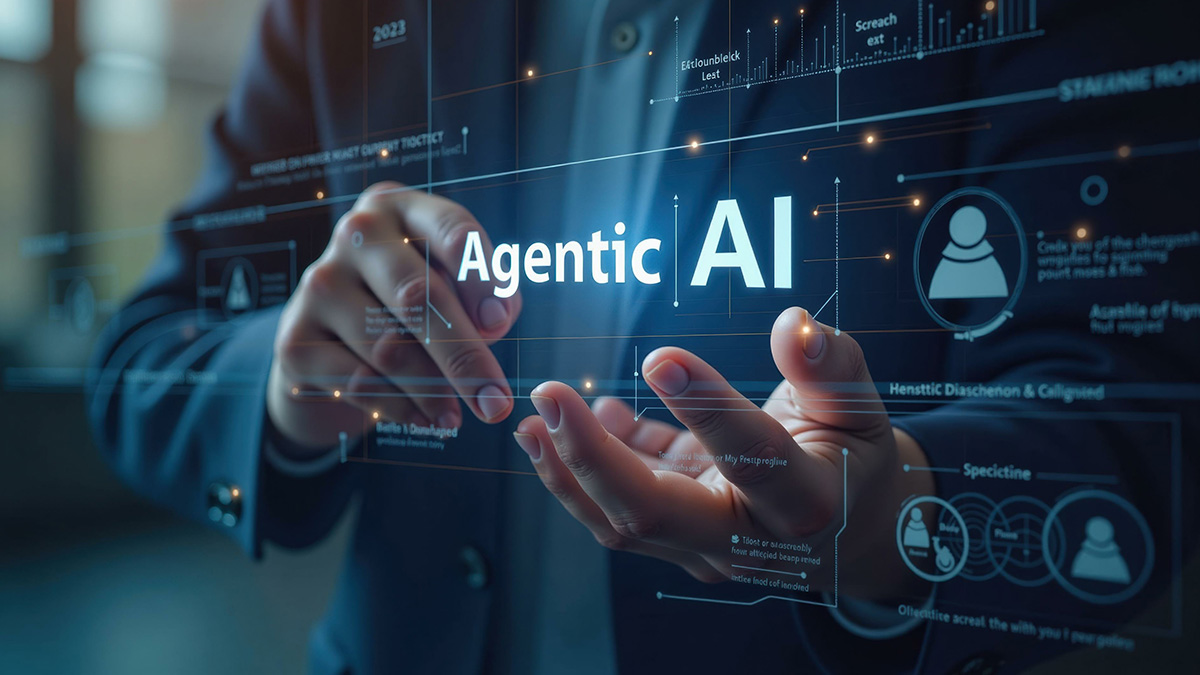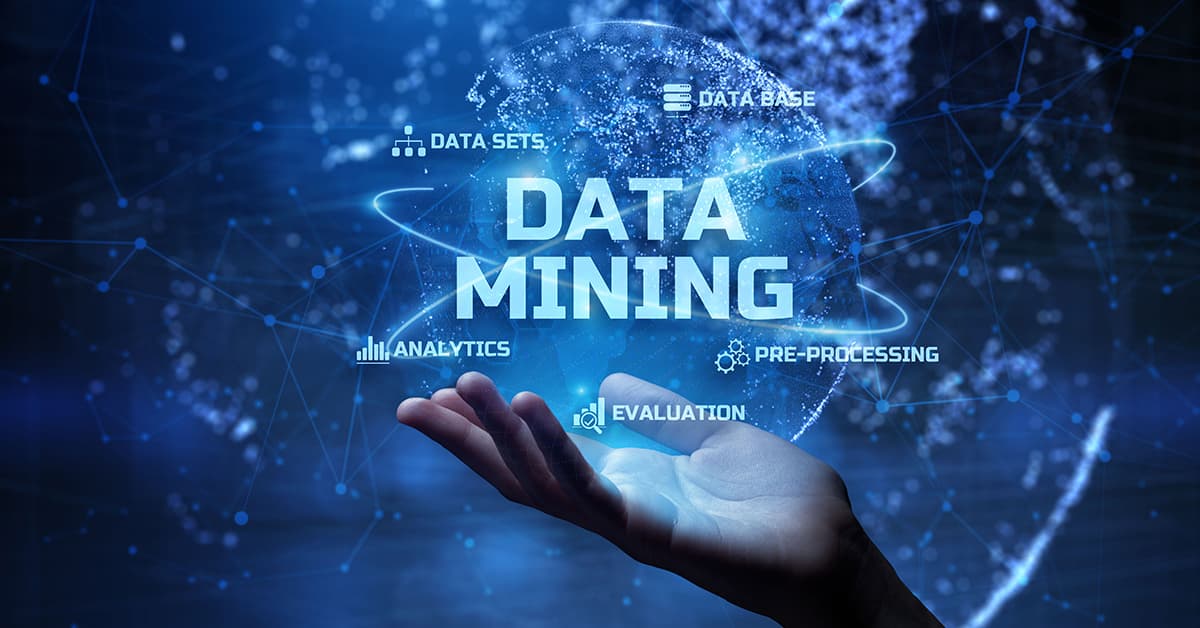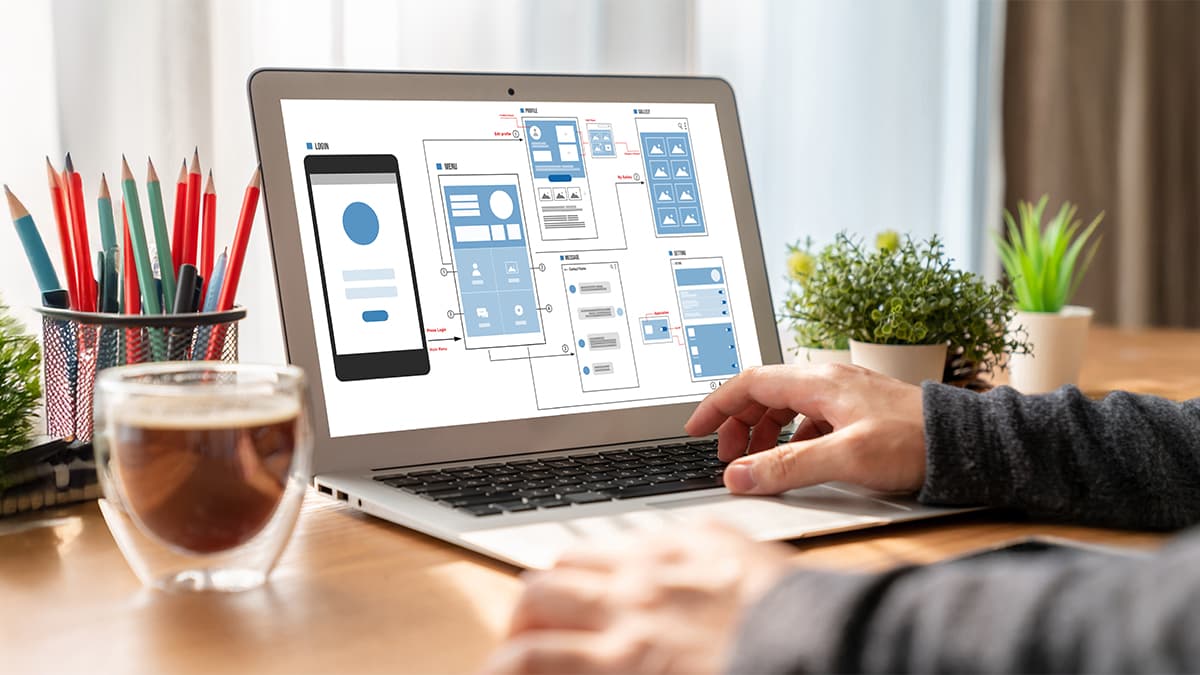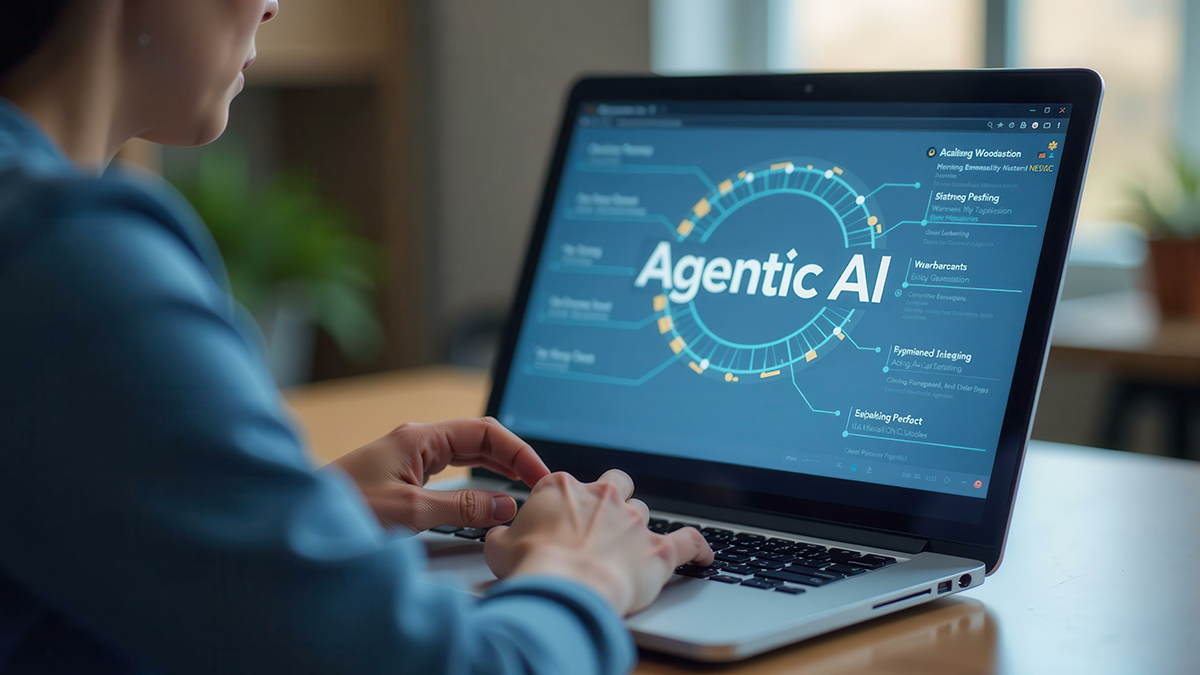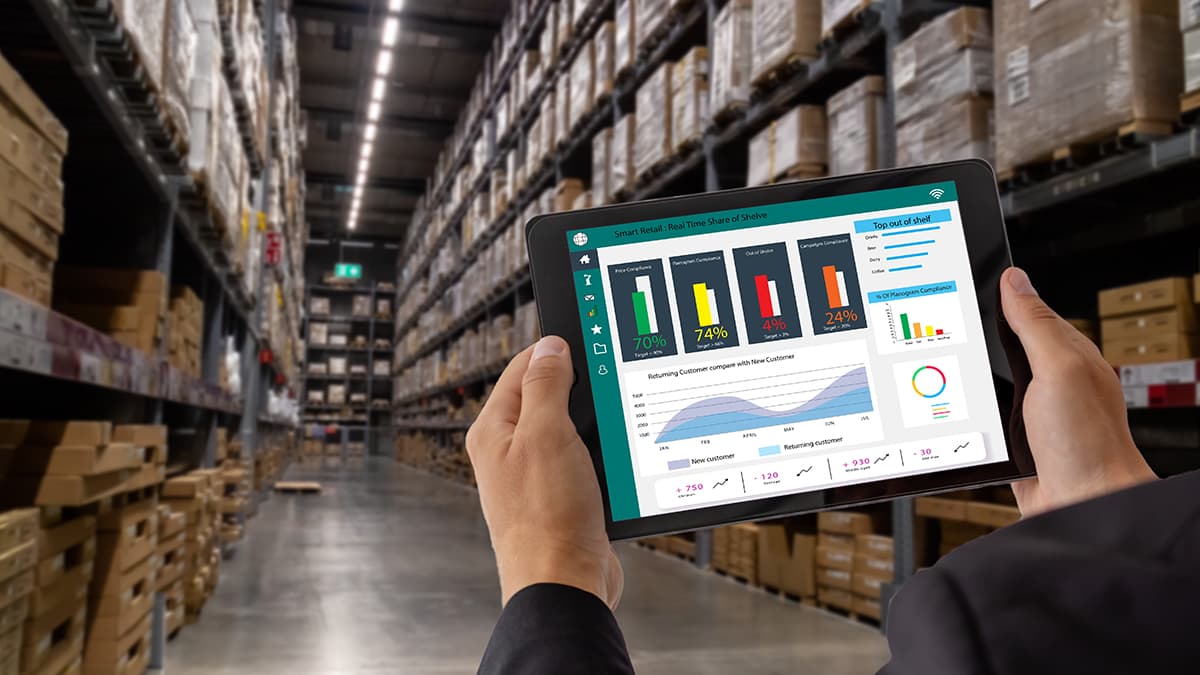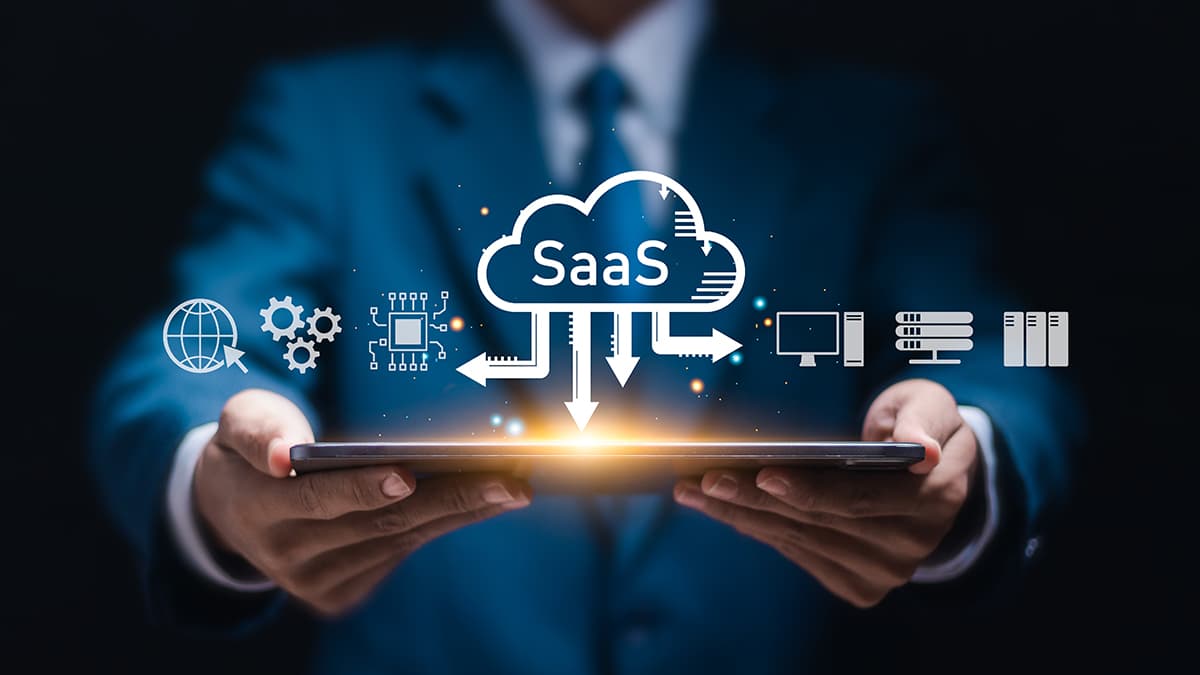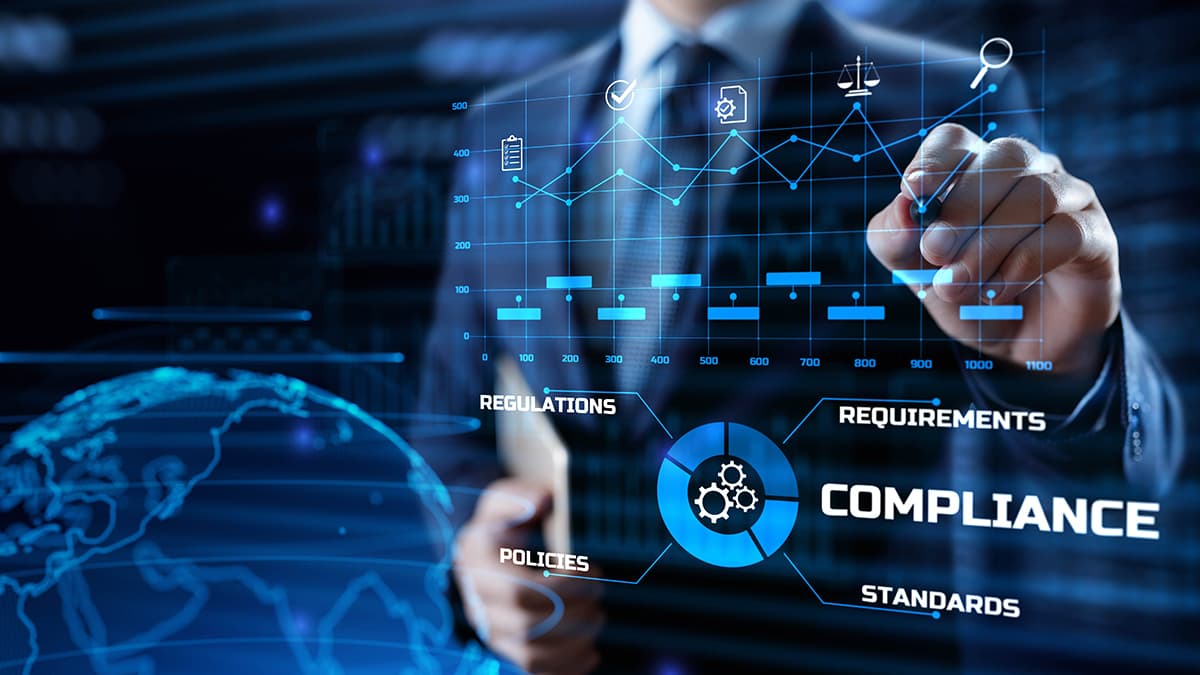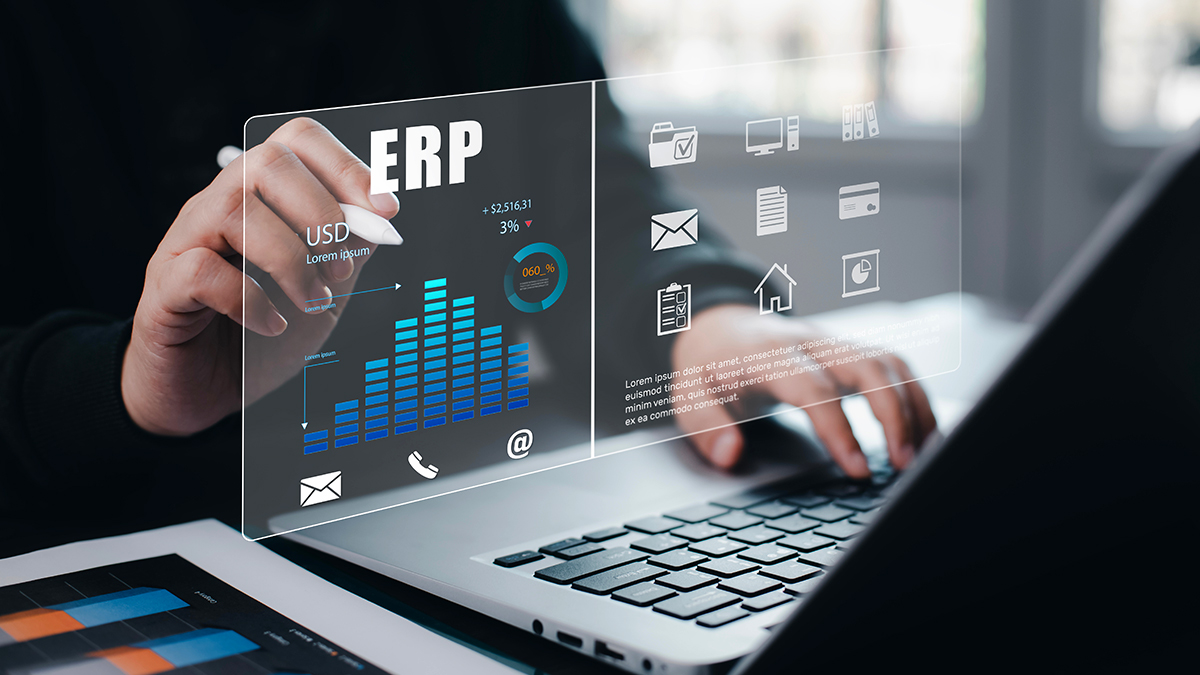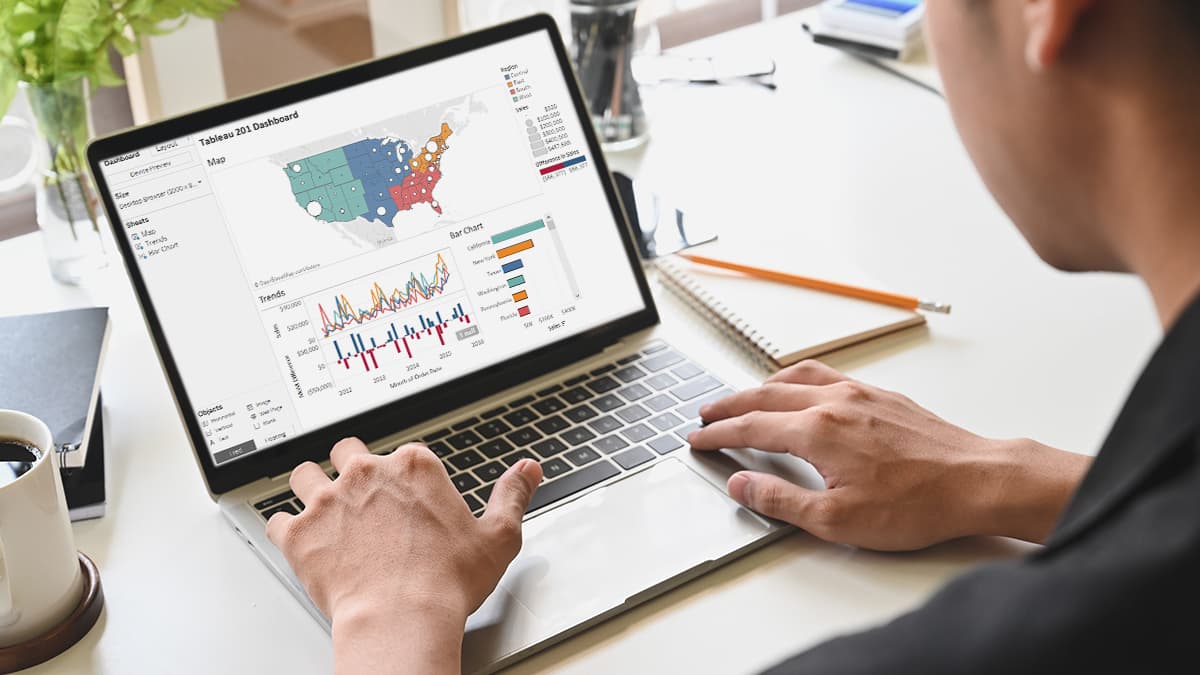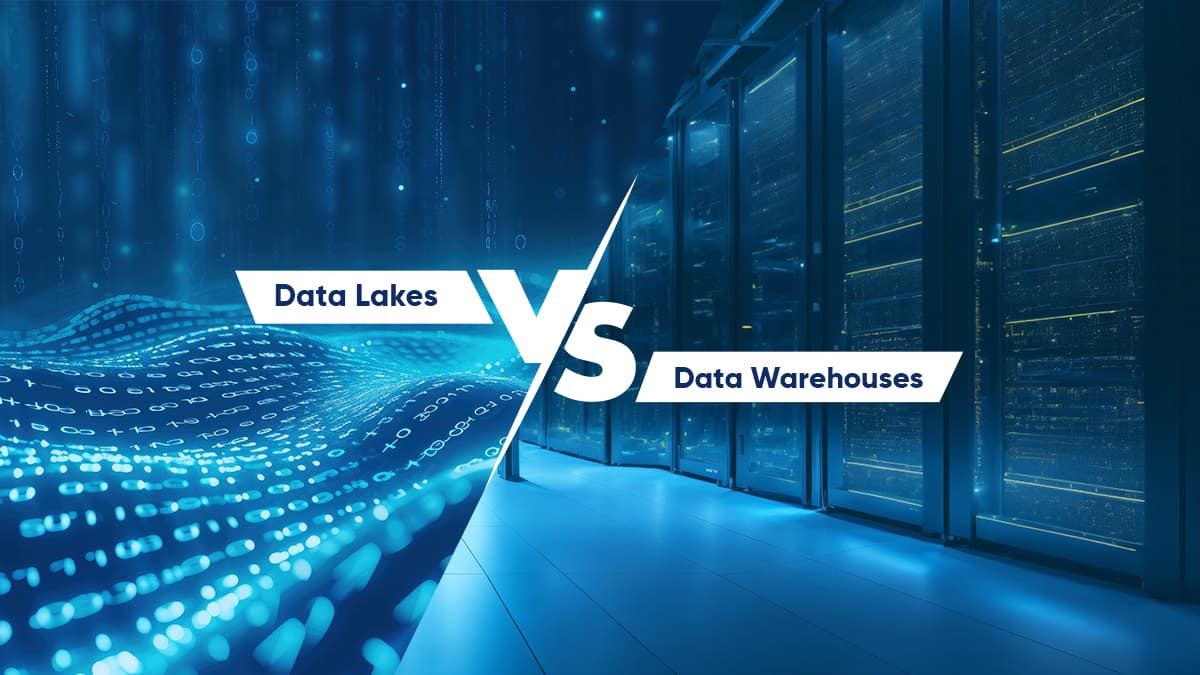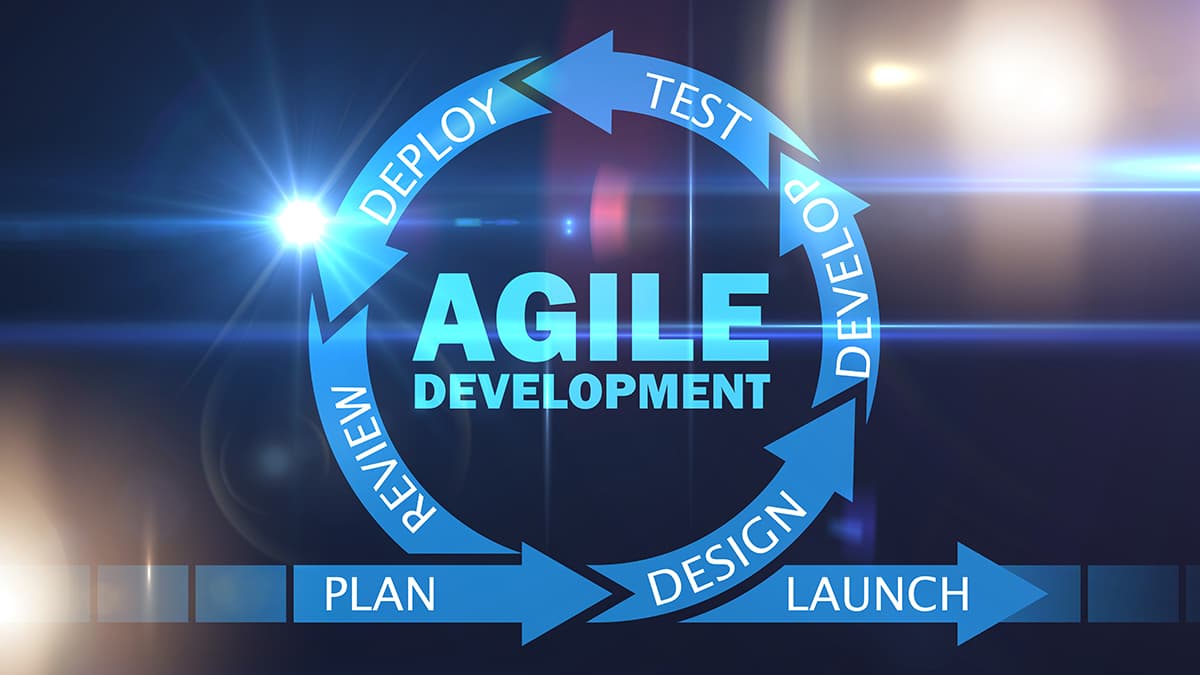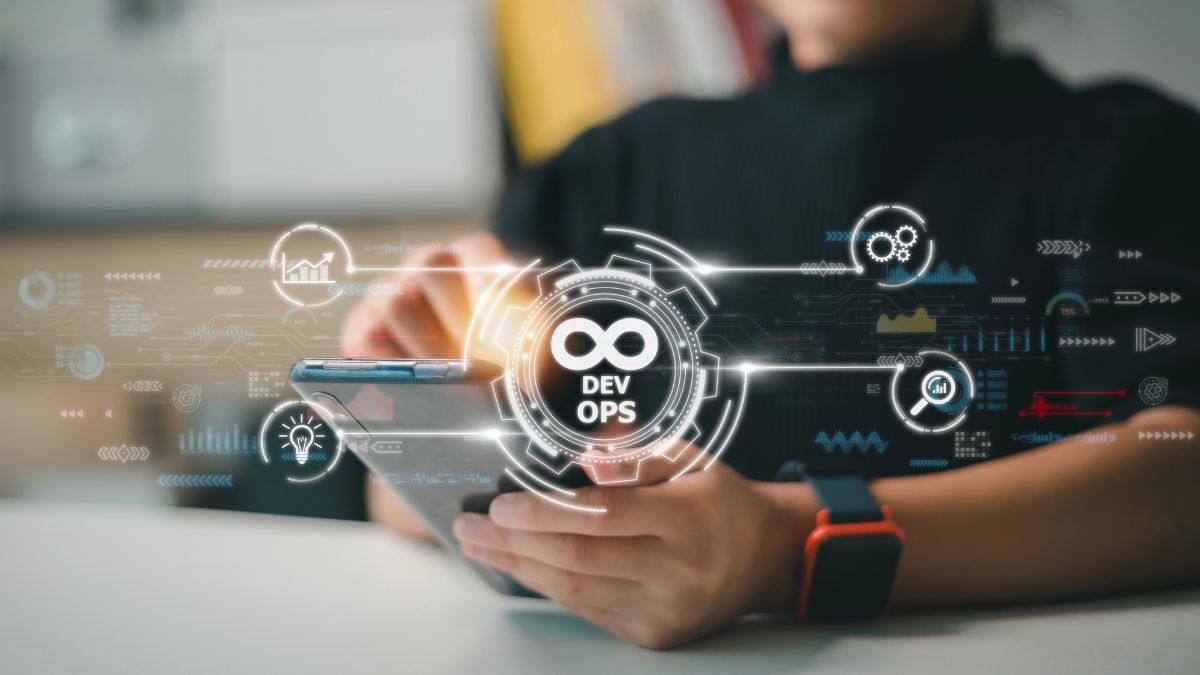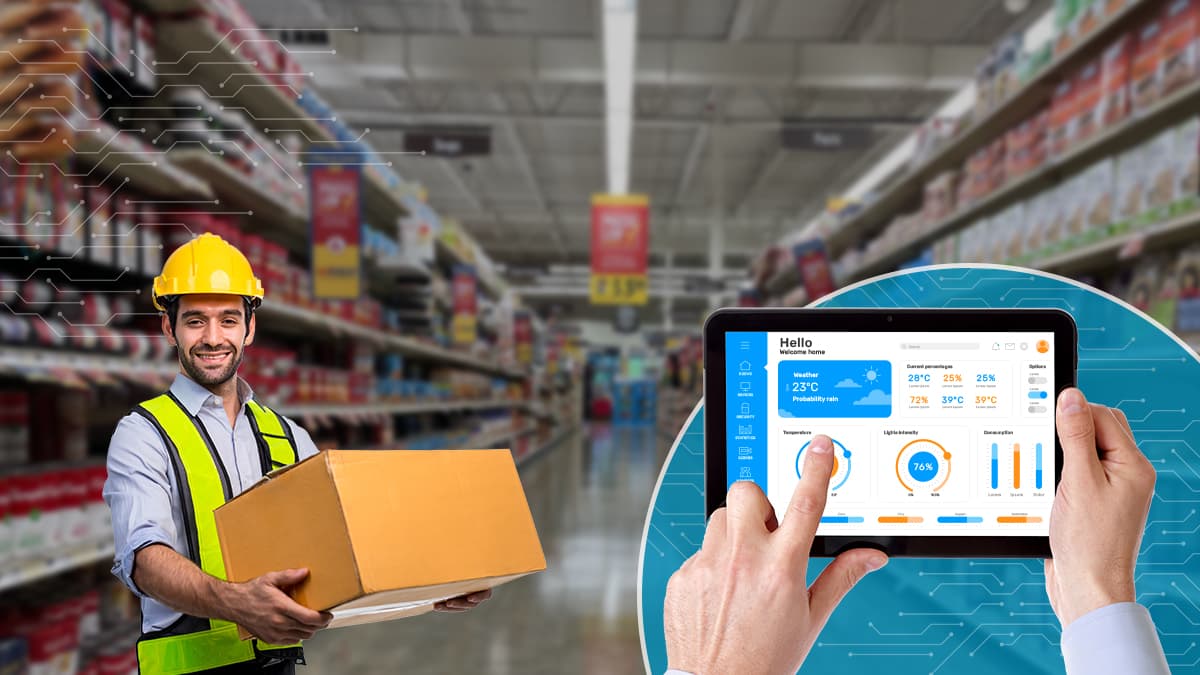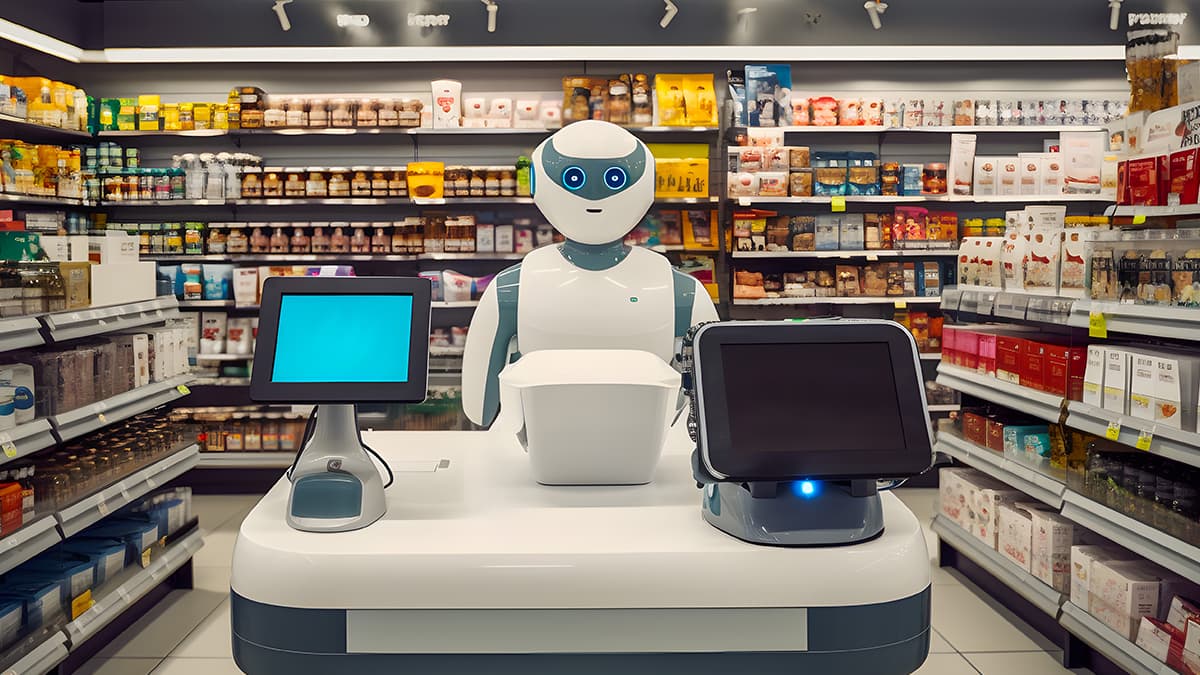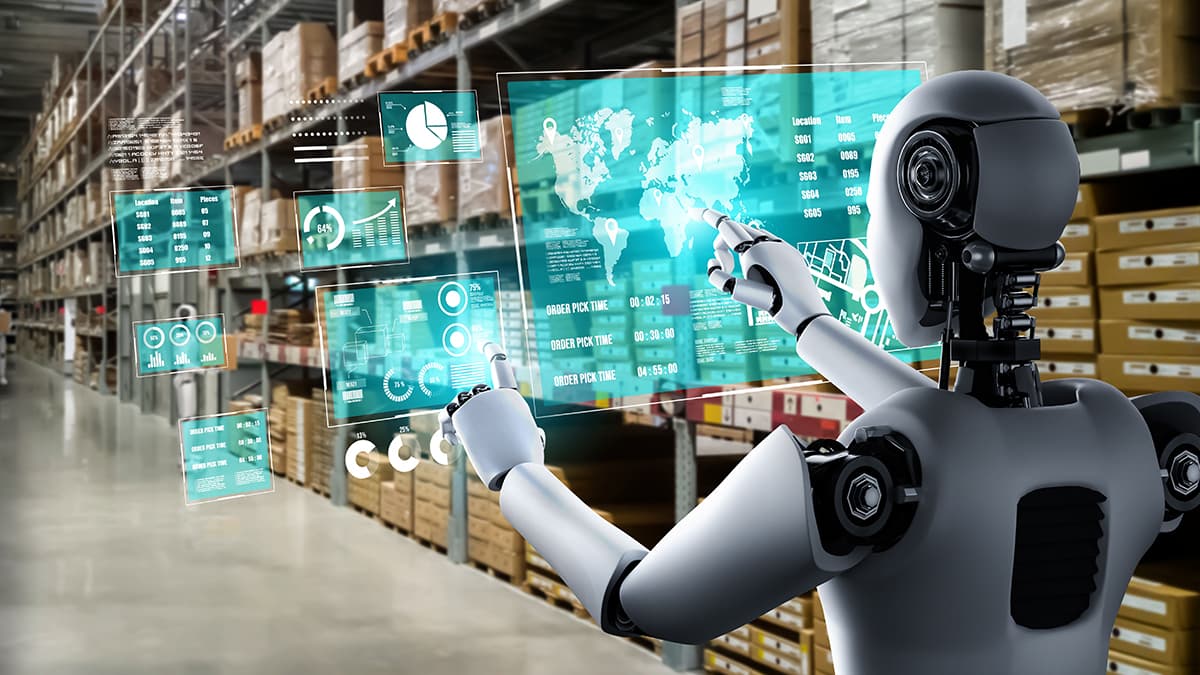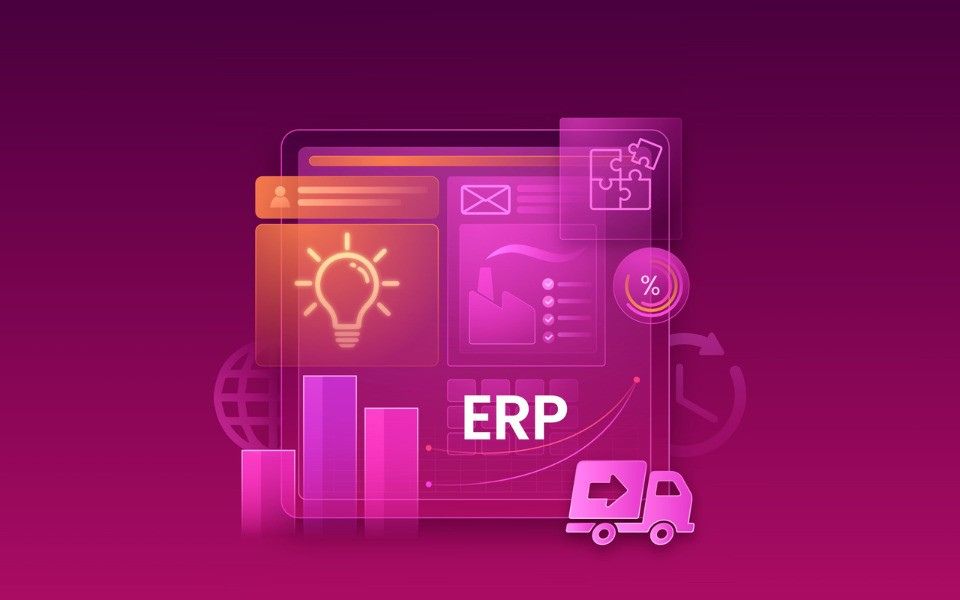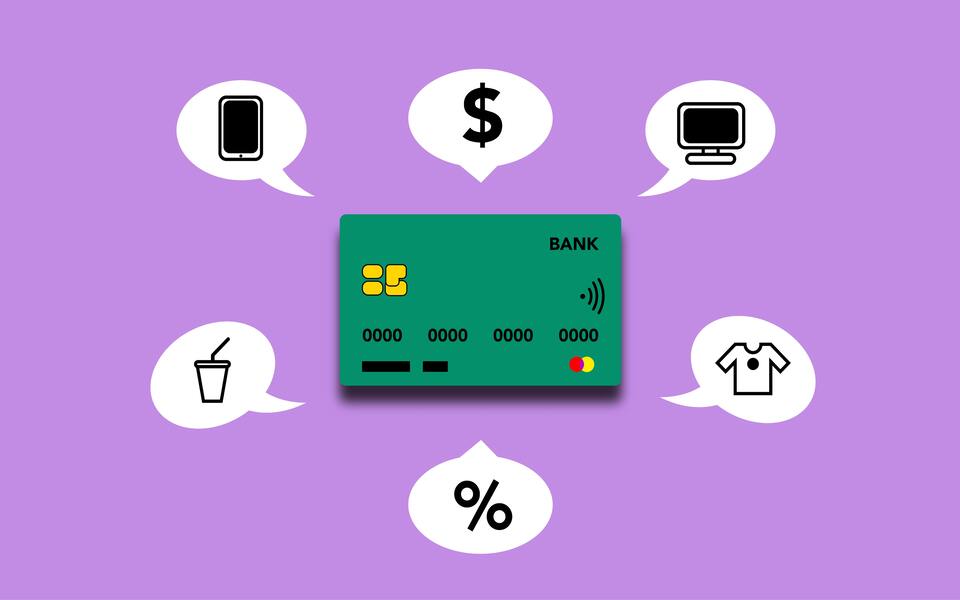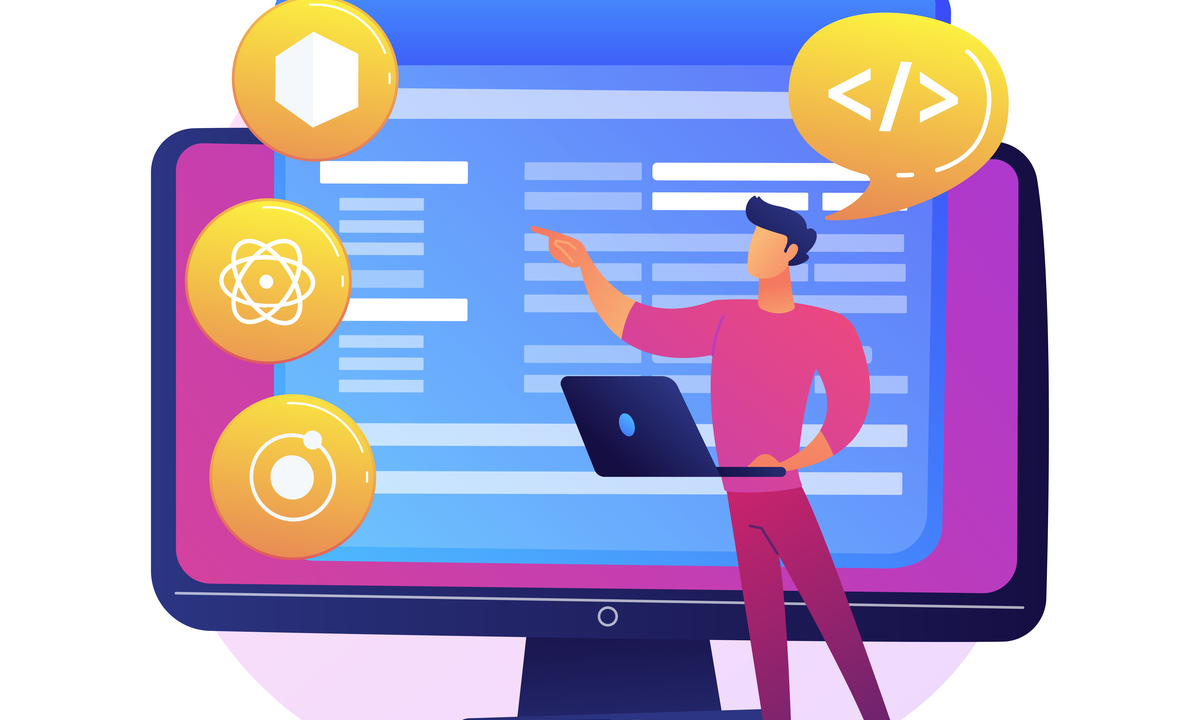
If you’re a B2B leader, you know data is your biggest asset—and your biggest challenge. Sifting through endless spreadsheets or waiting for analysts to deliver insights can slow you down in a fast-moving market. That’s where augmented analytics comes in, revolutionizing how businesses turn data into decisions. So, what is augmented analytics, and how can it transform your B2B operations? Let’s break it down and explore why it’s a must-have for staying competitive.
.jpg)
Defining Augmented Analytics: AI-Powered Insights for All
Imagine having a tool that takes your raw data—sales reports, customer interactions, supply chain metrics—and instantly turns it into clear, actionable insights. That’s augmented analytics in a nutshell. It combines artificial intelligence (AI), machine learning (ML), and natural language processing (NLP) to automate data analysis, making it accessible to everyone, and not just data experts.
Unlike traditional analytics, which often demands complex tools and specialized skills, augmented analytics simplifies the process. Platforms like Tableau let your team ask questions like, “Which clients are likely to churn?” and get answers in plain language or intuitive visuals. It’s like giving your entire organization a data superpower, enabling faster, smarter decisions without the tech headache.
The Business Case for Augmented Analytics in B2B
In the B2B world, every decision counts—whether you’re closing deals with enterprise clients or optimizing your supply chain. Augmented analytics delivers measurable value by streamlining operations and sharpening your competitive edge. Here’s why it’s a game-changer:
• Speed to Insight: In a market where timing is everything, augmented analytics processes massive datasets in real time, uncovering trends that drive immediate action. A B2B software provider, for instance, can quickly identify upsell opportunities, boosting revenue.
• Empowering Non-Experts: Your sales or marketing teams don’t need to be data scientists. They can query data using natural language, like, “Show me our best-performing campaigns,” and get instant results.
• Customer-Centric Strategies: B2B buyers expect tailored solutions. Augmented analytics analyzes client data to reveal preferences, enabling personalized proposals that win contracts.
• Future-Proof Forecasting: ML-driven predictions help you anticipate market shifts or client needs, from demand surges to contract renewals, keeping you ahead of the curve.
By automating the grunt work of data analysis, augmented analytics frees your team to focus on strategy, not spreadsheets.
How Augmented Analytics Works: A Peek Under the Hood
Curious about the tech behind the magic? Augmented analytics operates in three seamless steps, powered by AI and ML:
1. Automated Data Preparation: Say goodbye to manual data cleaning. These tools pull data from CRMs, ERPs, or marketing platforms, fixing inconsistencies and integrating sources for a unified view.
2. Intelligent Analysis: Machine learning scours your data for patterns, correlations, or outliers. For example, it might flag a drop in lead conversions tied to a specific region, giving your marketing team a clear target.
3. User-Friendly Insights: NLP delivers findings in simple terms or dynamic dashboards. Ask, “What’s impacting our pipeline?” and get a concise answer, like, “Q2 lead quality improved due to targeted ads.”
Leading platforms like Genie from Databricks, Tableau Ask Data and Thoughtspot embed all required features, integrating with your existing systems to deliver insights where you need them most.
How to Adopt Augmented Analytics for Your B2B Business
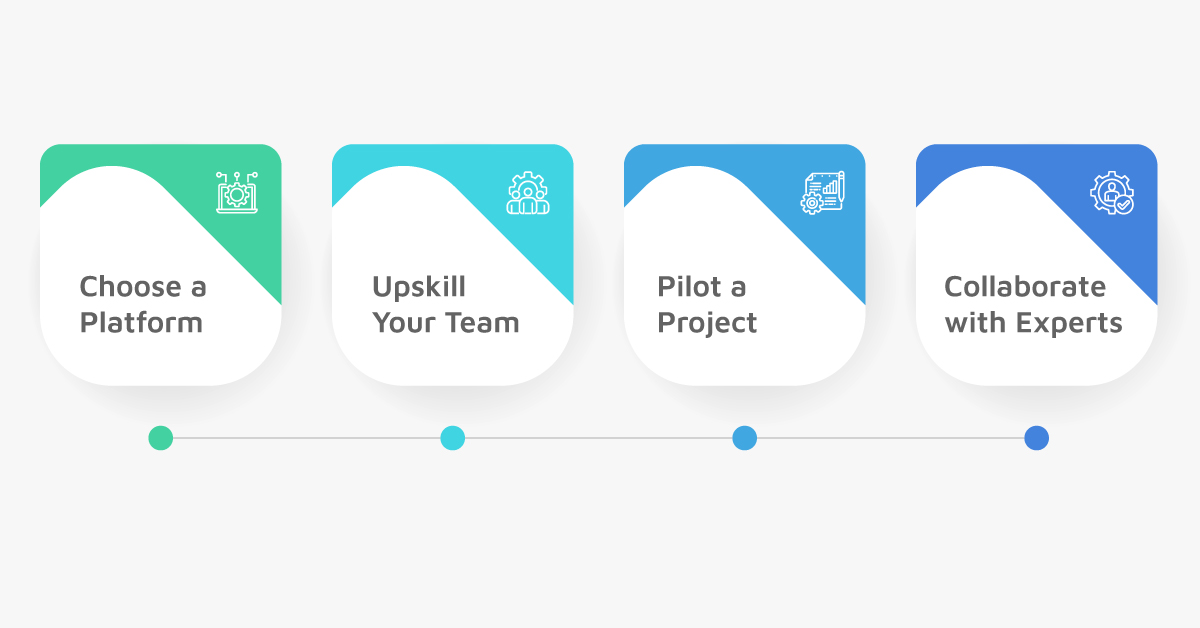
• Choose a Platform: Select a tool that aligns with your goals. Microsoft Power BI is ideal for data-heavy teams, while ThoughtSpot excels for real-time queries. Ensure it integrates with your CRM or ERP.
• Upskill Your Team: Most platforms are user-friendly, but quick training sessions can boost confidence. Encourage teams to experiment with queries and dashboards.
• Pilot a Project: Start with a high-impact area, like sales forecasting or campaign analysis. Prove value with quick wins before scaling across departments.
• Collaborate with Experts: Partner with a vendor like CSM Tech to customize solutions. Our AI and BI expertise ensures a smooth rollout and maximum ROI.
Focus on use cases that align with your priorities—whether it’s closing deals faster or reducing operational costs—to see results quickly.
What’s Next for Augmented Analytics?
The future of augmented analytics is bright, with advancements set to redefine B2B data strategies. Expect deeper integration with real-time IoT data, enabling instant insights for industries like manufacturing or logistics. Voice-activated analytics, powered by advanced NLP, will make querying data as easy and hassle-free. And with data privacy laws tightening, platforms are prioritizing compliance with GDPR, CCPA, and beyond, keeping your business secure.
For B2B leaders, augmented analytics is a strategic asset, empowering data-driven decisions at every level. It’s not just about keeping up—it’s about leading the pack in a competitive landscape.
FAQs about Augmented Analytics
1. What is augmented analytics?
It’s AI-powered analytics that automates data analysis, using natural language processing and machine learning for delivering insights anyone can use.
2. How does it differ from traditional BI tools?
Traditional BI requires manual setup and expert skills. Augmented analytics automates data prep and analysis, making insights faster and more accessible.
3. Who benefits from augmented analytics in B2B?
Sales, marketing, operations, and C-suite teams all gain from faster insights, especially in data-intensive sectors like tech, finance, or healthcare.
4. Do I need a big budget to implement it?
Not necessarily. Many platforms offer scalable pricing, and starting small with a pilot project can deliver ROI without breaking the bank.
Take the Next Step with CSM Tech
Augmented analytics is transforming how B2B companies compete, turning data into a strategic advantage. At CSM Tech, we help businesses like yours unlock the full potential of AI-driven insights, from strategy to implementation. Ready to make data your superpower?
Contact us at for a tailored demo. Let’s drive your business forward, one insight at a time.
Want to start a project?
Get your Free ConsultationOur Recent Blog Posts

© 2025 CSM Tech Americas All Rights Reserved






